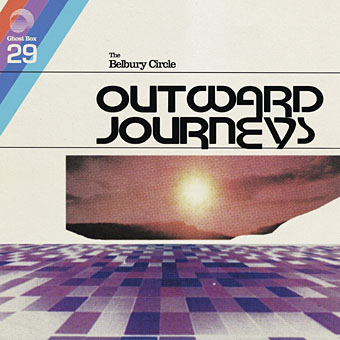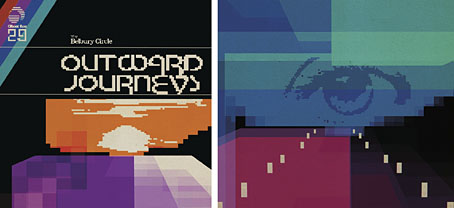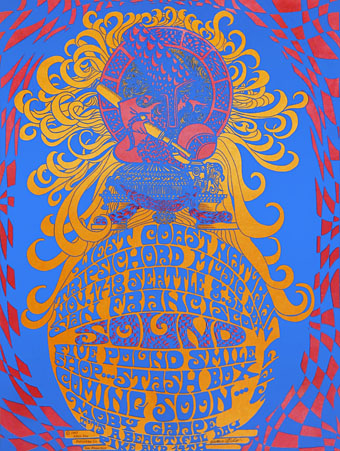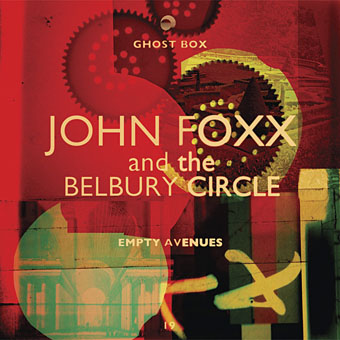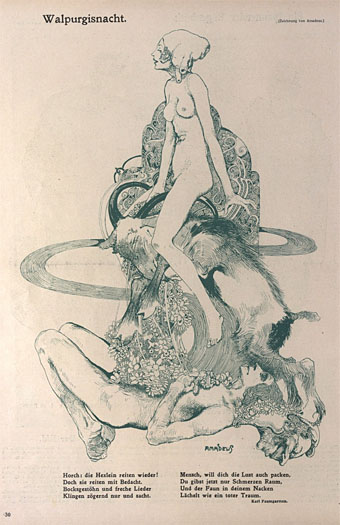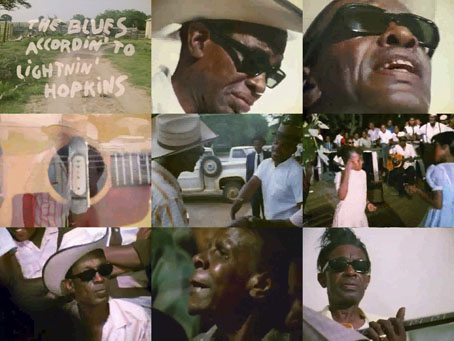As noted in the previous post, Jon Hassell has a new and very well-received album out this month, his first in several years. To honour the occasion I thought I’d finally post the Hassell mix I’ve had in mind for some time. The delay was mainly a consequence of not settling on a final version, so the album release has at least forced my hand. This still doesn’t feel completely satisfactory but it has the benefit of not being a recycling of familiar works.
About ten years ago I made a CD compilation of Hassell-related odds and ends: one-off works from compilations, interesting collaborations and the like. The CD set forms the basis of this mix although I’ve blended everything into a single piece rather than present separate tracks. Some of these pieces are either rare or overlooked so even those familiar with the Jon Hassell discography may hear something new.
Note: I only noticed after uploading the mix that the presence of more than five tracks by the same artist means that people in the US may not be able to play this one. Sorry about that: blame your laws/politicians, etc.
Malay (edit) (1981) by Jon Hassell
Shadow (1982) by Brian Eno
From Eno’s On Land.
Ba-Benzélé (1982) by Jon Hassell
A different version to the piece from Possible Musics which appears on Music And Rhythm, a WOMAD compilation album.
Passaggio A Nord-Ovest (1982) by Jon Hassell
One of several pieces unique to Sulla Strada (1995), a collection of Hassell music old and new compiled for an Italian stage work based on Jack Kerouac’s On the Road.
Map of Dusk (1982) by Jon Hassell
A special commission for Myths 3. La Nouvelle Sérénité, a Sub Rosa compilation.
Sketch Pad With Trumpet And Voice (1985) by Peter Gabriel
From the soundtrack to Birdy.
Heroin (1993) by Ry Cooder
More soundtrack work, this one being for Walter Hill’s Trespass which features Hassell’s trumpet timbres throughout. I always regard this album as a darker, nightscape parallel to Hassell’s sunnier City: Works Of Fiction, not least for the way both albums are hip-hop related. There’s more from Trespass later in the mix.
Tycho City (1997) by Bluescreen Project
From The Vertical Collection (Sketches). Bluescreen Project was a collaboration with Peter Freeman which remixes works from the Hassell catalogue to create new hybrids.
Pygmy Dance (1993) by Jon Hassell
Another unique commission, this time for Ai Confini / Interzone on New Tone Records.
Slow Loris Vs. Poison Snail (1997) by David Toop
A guest appearance with tabla player Talvin Singh.
Power Malay (1997) by Bluescreen Project
Anima (1991) by Les Nouvelles Polyphonies Corses With Hector Zazou
A collection of Corsican songs given contemporary settings by Hector Zazou.
A Day For Trade Winds (2000) by Ronu Majumdar, Ry Cooder & Jon Hassell, Abhijit Banerjee
Amsterdam Blue (Cortege) (2000) by Jon Hassell, Gregg Arreguin, Jamie Muhoberac And Peter Freeman
From a soundtrack for a film that few people have a good word for, Million Dollar Hotel. It does, however, feature a Jon Hassell cameo and this excellent piece of music.
The Seeds Of Fate (1998) by The Insects & Richard Grassby-Lewis Featuring Jon Hassell
From the soundtrack to Richard Kwietniowski’s film of Gilbert Adair’s funny and touching novel, Love and Death on Long Island.

